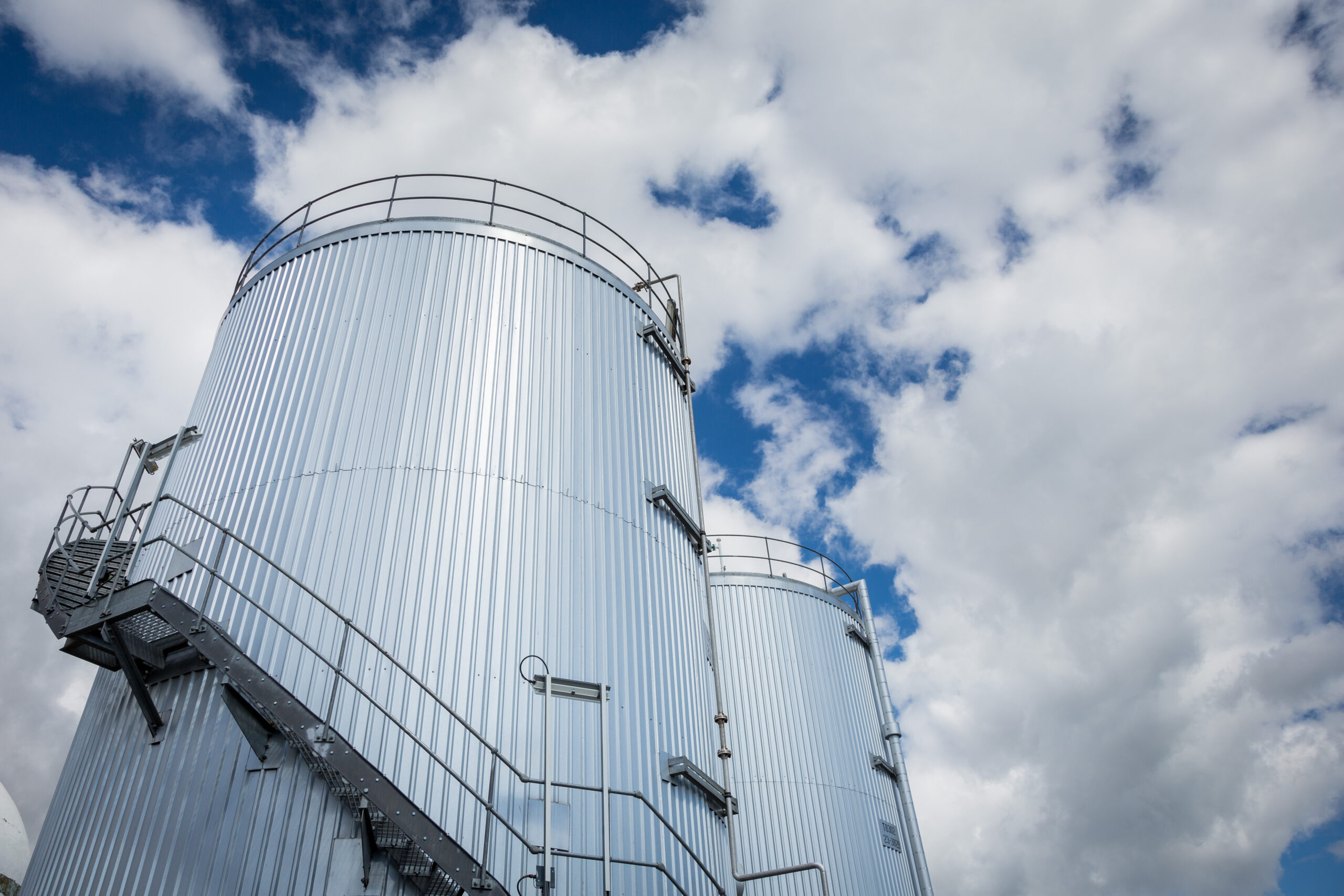
Carbon footprint assessments
Since 2022, Innospec has developed and implemented a program to determine the carbon footprint of its products. In 2024, we continued to calculate PCFs for a number of materials across our Performance Chemicals and Fuel Specialties businesses. A total of 93 products have now been evaluated for their global warming potential.
At Innospec, we carry out ‘cradle-to-gate’ product carbon footprint assessments, meaning we consider the greenhouse gas emissions associated with everything from raw material extraction and transportation through the manufacturing process of our final products up to the Innospec gate. Our methodology for assessing a product’s carbon footprint has been validated by an independent third-party in alignment with the following standards:
- ISO 14040 ‘Life Cycle Assessment – Principles and Framework’
- ISO 14044 ‘Life Cycle Assessment – Requirements and Guidelines’
- ISO 14067 ‘Greenhouse gases – Carbon footprint of products – Requirements and guidelines for quantification’
- The TfS PCF Guideline for the Chemical Industry and the PACT Guidance for the Accounting and Exchange of Product Life Cycle Emissions.

Our PCF calculations are carried out internally by our LCA Engineer which enables us to have greater visibility and understanding at each level of the calculations.
“Understanding the source of emissions at each life cycle stage helps us to identify opportunities to further reduce our own, as well as our customers’, carbon footprints. Changes to raw materials, using circular or biogenic feedstocks and sourcing local materials to minimize transportation emissions, all help to reduce product carbon footprints. We see PCFs as a vital tool and an exciting step forward in better understanding both the environmental impact of our products and their benefits.”
Darcy Kelly, Life Cycle Assessment Officer
Applying This Methodology
TfS PCF Guideline
Together for Sustainability Product Carbon Footprint Guideline for the Chemical Industry
Visit WebsitePACT Pathfinder Framework
Partnership for Carbon Transparency (PACT) Guidance for the Accounting and Exchange of Product Life Cycle Emissions
Visit Website